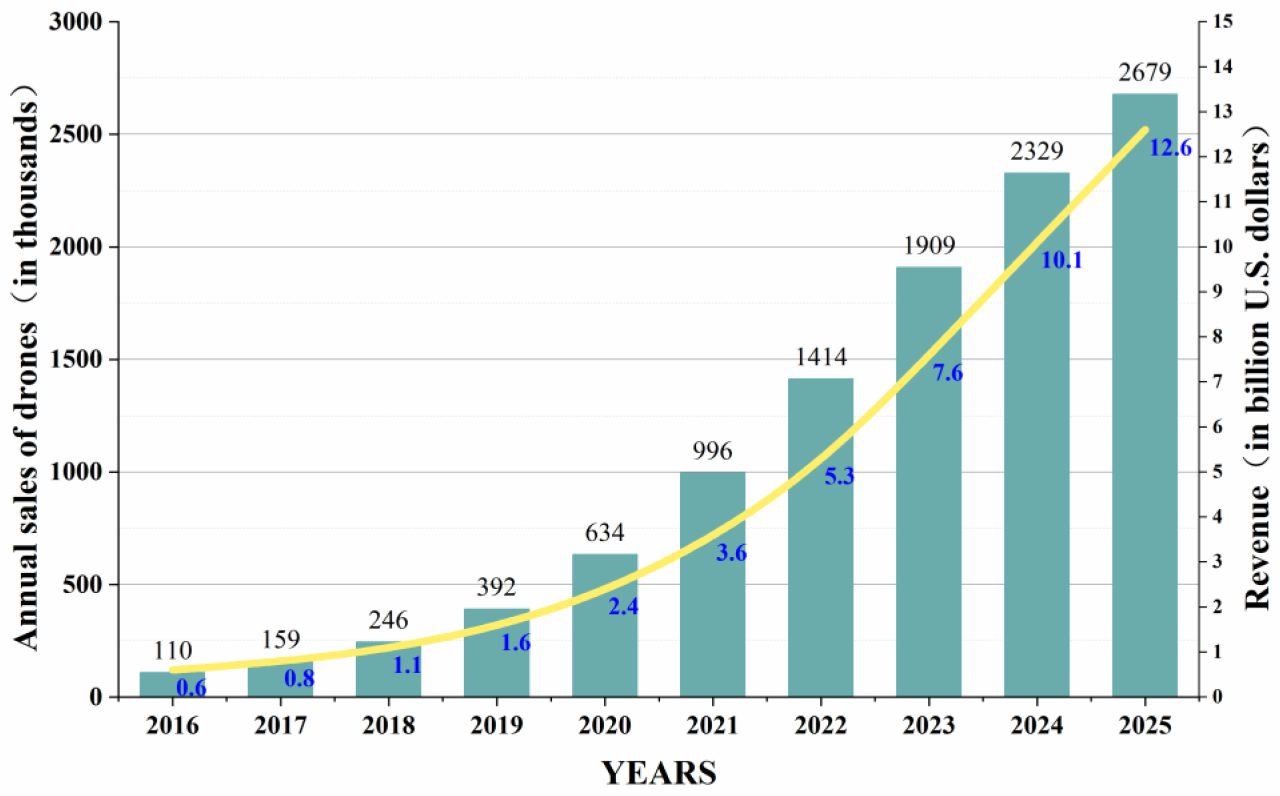US drone sightings are increasingly common, sparking debate and concern. This report delves into the geographic distribution of these sightings, the types of drones involved, and the temporal patterns observed. We’ll explore the reported purposes behind sightings, public reactions, and the technological and legal frameworks surrounding drone operations. Understanding these aspects is crucial for addressing public safety, privacy concerns, and potential misuse.
From rural farmlands to bustling cityscapes, drones are becoming a ubiquitous presence. This analysis will uncover trends and patterns in reported sightings, examining the types of drones observed, their capabilities, and the reasons behind their appearances. We’ll also look at public perceptions, regulatory challenges, and the technological advancements in detection and identification.
Worried about those mysterious US drone sightings? Want to stay up-to-date on all things drone-related? Check out the latest developments at drone news today for a comprehensive overview. Understanding current drone news helps put those US drone sightings into better context, allowing you to form your own informed opinion on what you’re seeing.
Geographic Distribution of US Drone Sightings
Understanding the geographic distribution of reported US drone sightings is crucial for assessing potential risks and informing effective regulatory strategies. Analysis reveals significant variations in sighting frequency across different regions, influenced by factors such as population density, urban development, and proximity to sensitive infrastructure.
Sightings by State and Region
A map visualizing reported US drone sightings would use a color-coded system, with darker shades representing higher sighting frequencies. States with significant concentrations of sightings, such as those bordering Mexico or near major metropolitan areas, would show darker colors. Conversely, sparsely populated states would likely display lighter shades. A detailed breakdown by region (Northeast, Southeast, Midwest, Southwest, West) would reveal regional disparities.
For example, the Southwest might exhibit higher frequencies due to border patrol activities, while the Northeast could show higher rates in densely populated urban areas.
Population density data would be overlaid on the map and included in the regional breakdown to demonstrate the correlation (or lack thereof) between population density and drone sighting frequency. Areas with high population density but low sighting frequencies might suggest effective countermeasures or limited drone usage. Conversely, high sighting frequencies in less densely populated areas could indicate specific activities like agricultural monitoring or border surveillance.
Rural vs. Urban Sightings
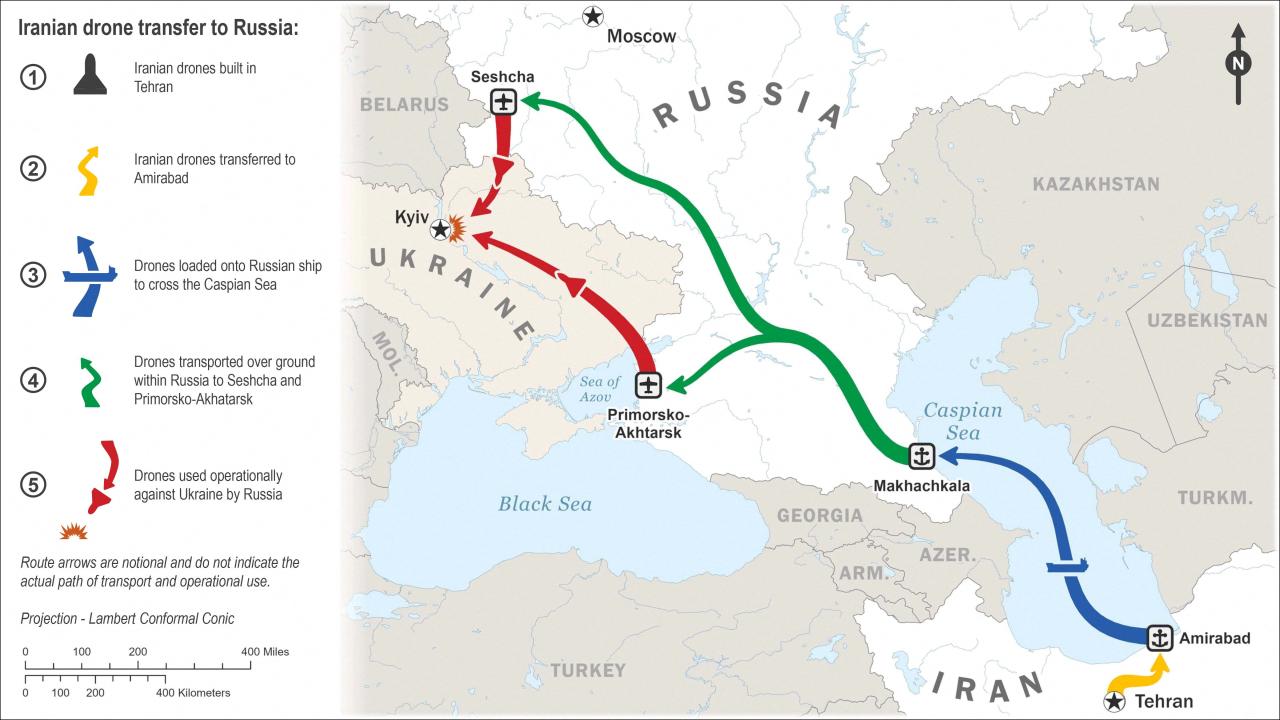
| Location Type | Number of Sightings | Percentage of Total Sightings | Contributing Factors |
|---|---|---|---|
| Rural | [Insert Data] | [Insert Data] | Agricultural monitoring, border surveillance, wildlife observation |
| Urban | [Insert Data] | [Insert Data] | Commercial deliveries, photography, recreational use, potential surveillance |
Types of Drones Observed
A comprehensive understanding of the types of drones involved in reported sightings is essential for effective monitoring and regulation. This includes identifying the manufacturers, key features, and capabilities of these drones, differentiating between commercially available and military-grade models.
Drone Types and Capabilities
- DJI Phantom 4 Pro: A popular commercially available drone known for its high-quality camera and relatively long flight time. Capabilities include 4K video recording, obstacle avoidance, and a flight range of approximately 30 minutes. It lacks advanced military-grade features.
- DJI Matrice 300 RTK: A more advanced commercial drone used for professional applications such as surveying and mapping. It features extended flight time, advanced obstacle avoidance, and precise positioning capabilities. It does not possess military specifications.
- [Generic Military Drone Type 1]: These drones often possess significantly longer flight times, greater payload capacity, and advanced surveillance technology, including high-resolution cameras, thermal imaging, and possibly even other sensors. Their exact specifications are typically classified.
- [Generic Military Drone Type 2]: Similar to Type 1, but may have different capabilities depending on their mission profile. This could include specialized payloads for reconnaissance, communication relay, or even offensive capabilities. Specifications are generally classified.
Temporal Patterns in Sightings
Analyzing the temporal patterns of drone sightings – when and how often they occur – helps reveal potential trends and underlying causes. This involves examining daily, weekly, and seasonal variations, as well as changes over time.
Trends in Sightings Over Time, Us drone sightings
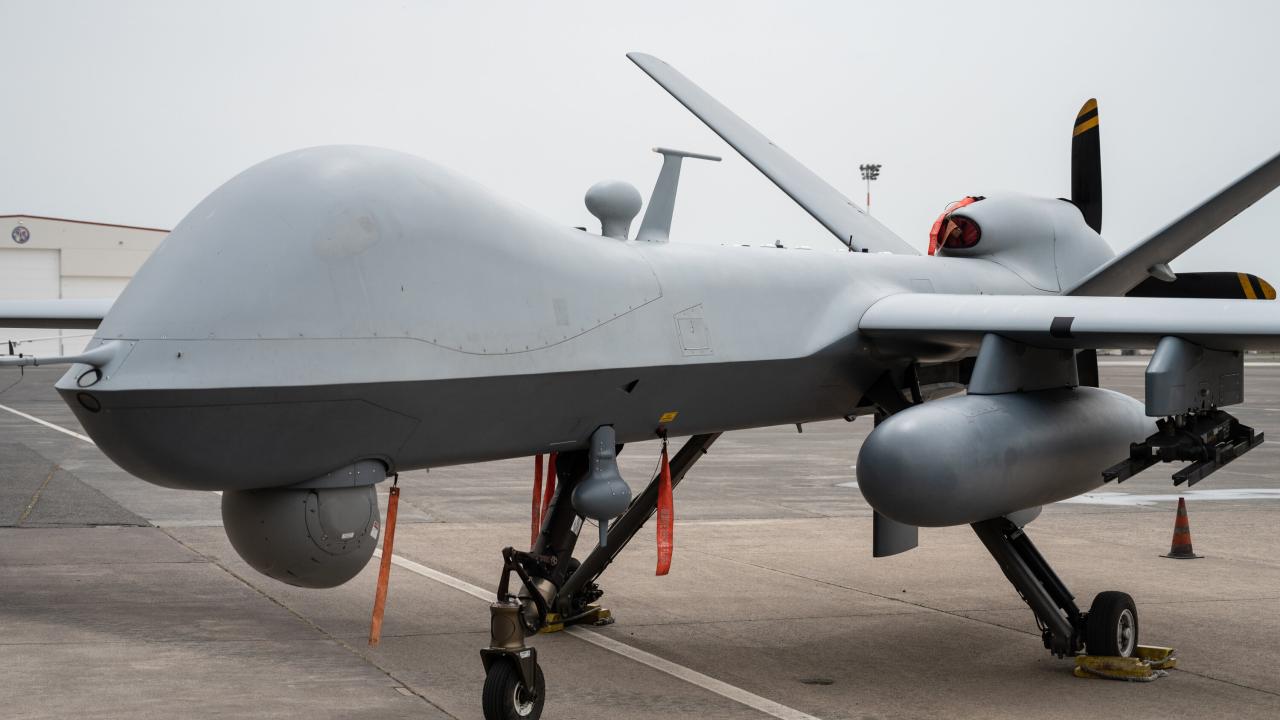
| Year | Number of Sightings | Percentage Change from Previous Year | Potential Explanations |
|---|---|---|---|
| 2020 | [Insert Data] | – | Increased drone sales and hobbyist use, initial impact of COVID-19 restrictions |
| 2021 | [Insert Data] | [Insert Data] | Continued growth in drone use, easing of COVID-19 restrictions, increase in commercial applications |
| 2022 | [Insert Data] | [Insert Data] | [Insert Data – consider factors like increased regulation, technological advancements, or specific events] |
Data analysis might reveal higher sighting frequencies during specific times of the day (e.g., dawn or dusk for better lighting conditions) or days of the week (e.g., weekends for recreational use). Seasonal variations could also be apparent, reflecting factors like weather conditions or specific agricultural activities.
Reported Purposes of Sightings
The reported purposes of drone sightings vary considerably, ranging from legitimate commercial and recreational activities to suspected surveillance or other potentially malicious intentions. Understanding these motivations is crucial for developing appropriate regulatory measures.
Reasons for Drone Sightings
Reports might categorize sightings based on suspected purpose: commercial delivery, aerial photography/videography, agricultural monitoring, law enforcement, border patrol, recreational activities, or suspected surveillance. Geographic location significantly influences the reported purpose. For instance, sightings near military bases are more likely to raise suspicion of surveillance, while sightings in agricultural regions may be attributed to crop monitoring. The type of drone used and its mode of operation often provide further clues.
Large, high-altitude drones might suggest surveillance, while smaller, slower drones might indicate recreational use.
Public Reaction and Concerns
Public reaction to US drone sightings spans a wide spectrum, from indifference to heightened concern and fear. These reactions are shaped by various factors, including the perceived purpose of the drone, the location of the sighting, and individual perceptions of privacy and security.
Public Concerns and Policy Recommendations
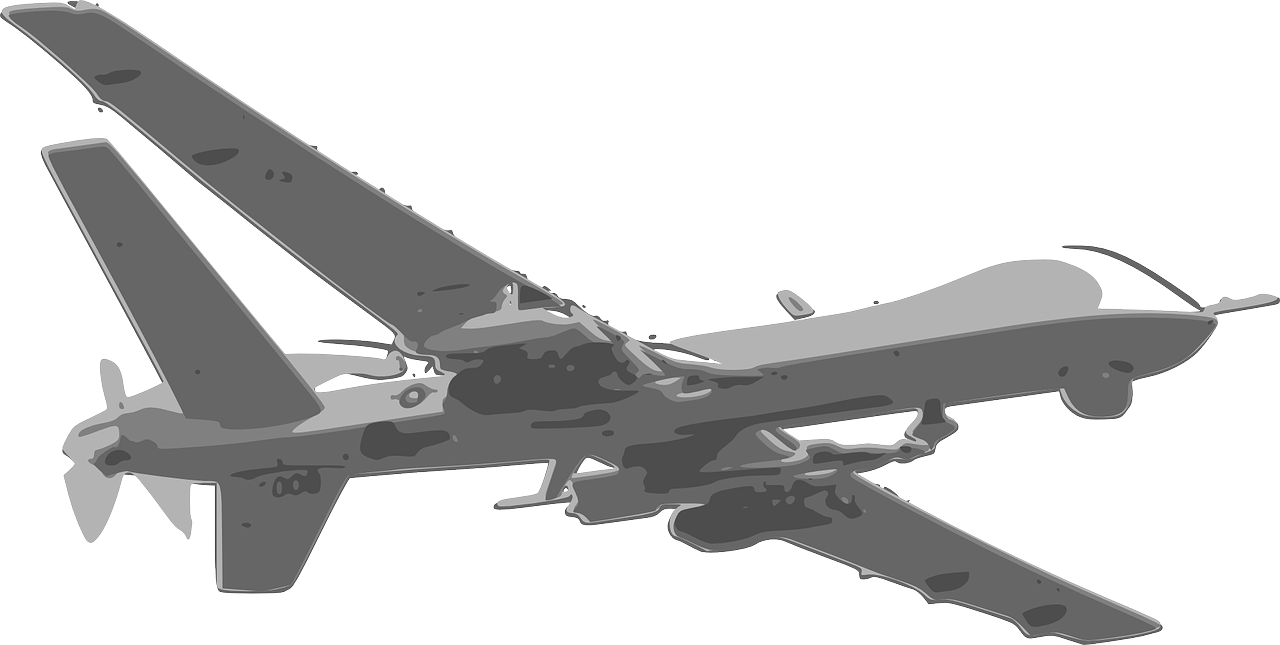
Common public concerns include privacy violations (especially unauthorized surveillance), potential misuse for malicious purposes (e.g., terrorism, crime), security risks (e.g., drone-based attacks), and the lack of clear regulations and enforcement.
- Implement stricter registration and licensing requirements for drone operators.
- Develop and enforce clear regulations regarding drone operation near sensitive areas (e.g., airports, military bases).
- Invest in advanced drone detection and identification technologies.
- Enhance public awareness and education about drone safety and responsible use.
- Establish a robust system for reporting and investigating suspicious drone activity.
Technological Aspects of Detection and Identification
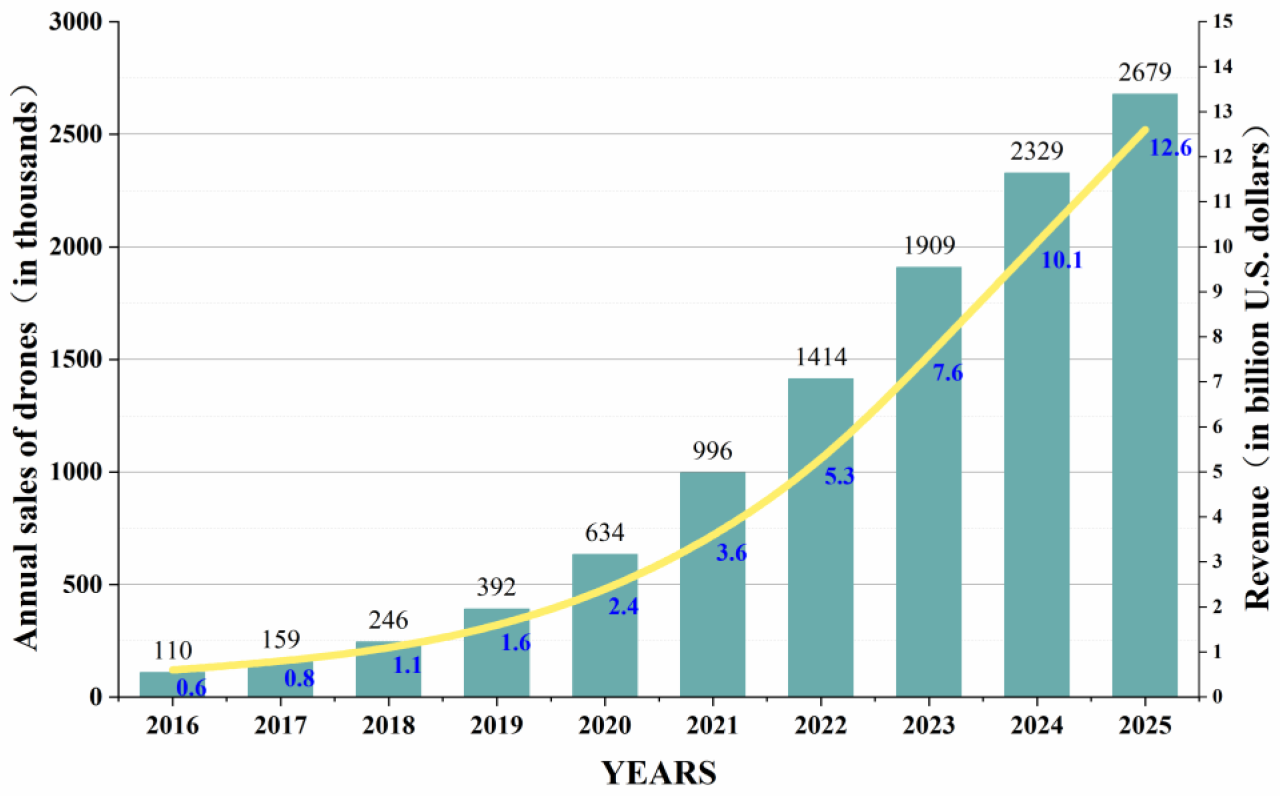
Effective detection and identification of drones are crucial for addressing public concerns and ensuring national security. This requires leveraging advanced technologies and continually improving their capabilities.
Worried about all those US drone sightings lately? Maybe you need to upgrade your own drone tech to keep an eye on things. Check out the amazing deals at the drone boxing day sale for some seriously sweet discounts. With a better drone, you can monitor your airspace and maybe even spot those mystery drones yourself!
Drone Detection Technologies
Current technologies for detecting and identifying drones include radar systems (capable of detecting the drone’s physical presence), optical sensors (using cameras to visually identify drones), and radio frequency (RF) detection (identifying the drone’s communication signals). Limitations include challenges in detecting small or stealth drones, interference from other RF sources, and the need for sophisticated algorithms to differentiate between drones and other airborne objects.
Improvements in these technologies, such as AI-powered image recognition and more sensitive RF sensors, could significantly impact the frequency of reported sightings by improving detection rates and allowing for more precise identification of drones.
Legal and Regulatory Frameworks
A clear and effective legal and regulatory framework is essential for governing drone operation in the US, balancing the benefits of drone technology with the need to address public safety and security concerns.
Drone Regulations in the US
The Federal Aviation Administration (FAA) regulates civilian drone operations in the US, setting rules on registration, licensing, operational limits, and airspace restrictions. Military drone operations are governed by separate regulations, often involving more stringent security protocols and less public transparency. Challenges in enforcing drone regulations include the difficulty in tracking and identifying illicit drone operators, the rapid evolution of drone technology, and the need for international cooperation in addressing cross-border drone activity.
Worried about those mysterious US drone sightings? It’s enough to make you wonder if the world’s gone mad, especially when you consider that even AI seems to be glitching out – check if ChatGPT is down by visiting chatgpt down? to see if it’s just a tech hiccup. Maybe the drones are just malfunctioning too, or perhaps there’s a more intriguing explanation for the increased US drone activity.
Solutions involve improving detection technologies, strengthening enforcement mechanisms, and fostering international collaboration on drone regulations.
Conclusion
The increasing prevalence of US drone sightings necessitates a comprehensive understanding of their geographic distribution, temporal patterns, and underlying purposes. Addressing public concerns about privacy and security requires a multi-faceted approach involving technological advancements in detection, robust legal frameworks, and proactive public education. By analyzing the data and trends presented, we can work towards a future where drone technology is used responsibly and safely.
FAQ Corner
What are the most common types of drones sighted?
Common sightings include commercially available drones like DJI Phantoms and Mavics, as well as less identifiable drones, potentially military or modified versions.
How accurate are drone detection technologies?
Accuracy varies depending on the technology used and environmental factors. Radar systems are effective in detecting drones but may struggle with smaller models. Optical and radio frequency detection offer more precise identification but have limitations in range and environmental conditions.
Are there penalties for illegal drone operation?
Yes, penalties vary by state and violation. Common penalties include fines, license suspension, and even criminal charges for serious offenses such as unauthorized surveillance or endangering public safety.
Who regulates drone operations in the US?
Primarily the Federal Aviation Administration (FAA) regulates civilian drone operations, while military drone operations fall under the Department of Defense.
